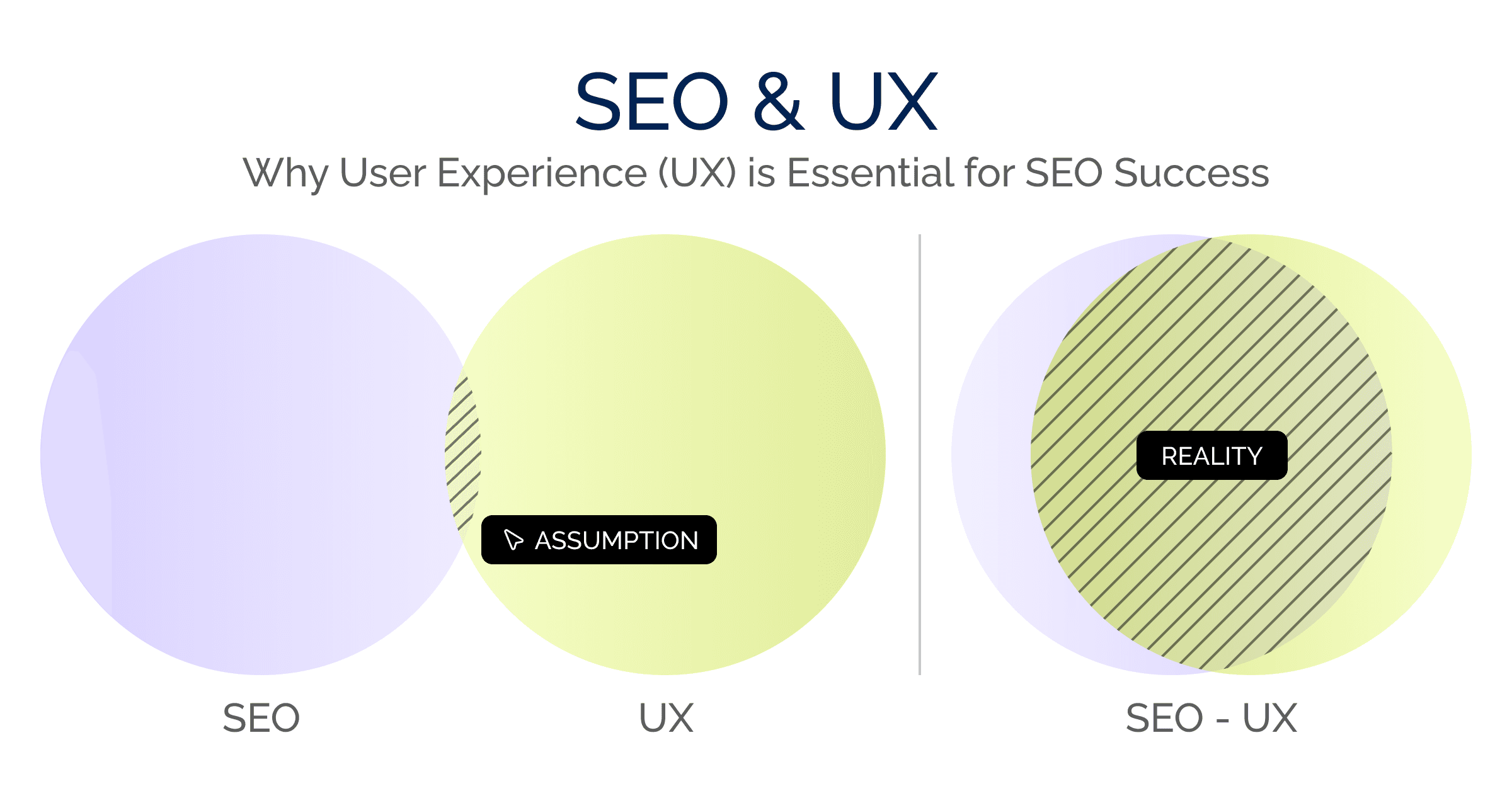
The Benefits of Responsive Web Design for Businesses
In today's digital age, having a website that looks great and functions well across all devices is essential for businesses to succeed online. Responsive web design is a crucial aspect of modern web development, ensuring that websites adapt seamlessly to various screen sizes and devices. Let's explore what responsive design is, why it's important, and how businesses can get started with implementing it.
What is Responsive Web Design?
Responsive web design is an approach to web development that ensures a website's layout, content, and functionality adjust dynamically based on the device being used to access it. Rather than creating separate versions of a website for different devices, responsive design allows for a single, flexible design that provides an optimal viewing experience across desktops, laptops, tablets, and smartphones.
Why Responsive Web Design is Important
Ubiquitous Device Usage: With the proliferation of mobile devices, including smartphones and tablets, more users are accessing the internet on devices with varying screen sizes and resolutions. Responsive design ensures that websites are accessible and user-friendly across all devices, catering to the diverse needs and preferences of modern users.
Enhanced User Experience: A responsive website provides users with a consistent and intuitive experience, regardless of the device they're using. By optimizing layout, navigation, and functionality for each device, responsive design reduces usability issues such as pinch-zooming, scrolling, and unresponsive buttons, leading to higher engagement and satisfaction among users.
How to Get Started with Responsive Web Design
Assess Your Current Website: Start by evaluating your existing website's performance across different devices and identifying any usability issues or areas for improvement.
Choose a Responsive Framework or Template: Consider using a responsive website framework or template to streamline the development process. Frameworks like Bootstrap and Foundation provide pre-built components and layouts that are optimized for responsiveness.
Optimize Content and Media: Ensure that your website's content, images, and media are optimized for different screen sizes and resolutions. Use flexible images, scalable fonts, and media queries to adapt content dynamically based on device specifications.
Test Across Devices: Test your website thoroughly across various devices, browsers, and screen sizes to ensure consistent performance and usability. Use tools like Google's Mobile-Friendly Test and BrowserStack to identify and address any compatibility issues.
Conclusion
Incorporating responsive web design into your website development strategy is essential for ensuring a seamless and user-friendly experience across all devices. By embracing responsive design principles and implementing best practices, businesses can enhance their online presence, improve user engagement, and drive success in today's digital landscape.
Stay in touch
We frequently post articles, free digital resources, and much more!
DROP US A LINE
Let’s talk about your project
Ready to Take Your Digital Strategy to the Next Level? Whether you're looking to improve your search rankings, boost your social media presence, or optimize your email campaigns, Design Minds has the expertise and experience to help you achieve your online objectives. Contact us today to schedule a consultation and discover how we can drive your online success.



